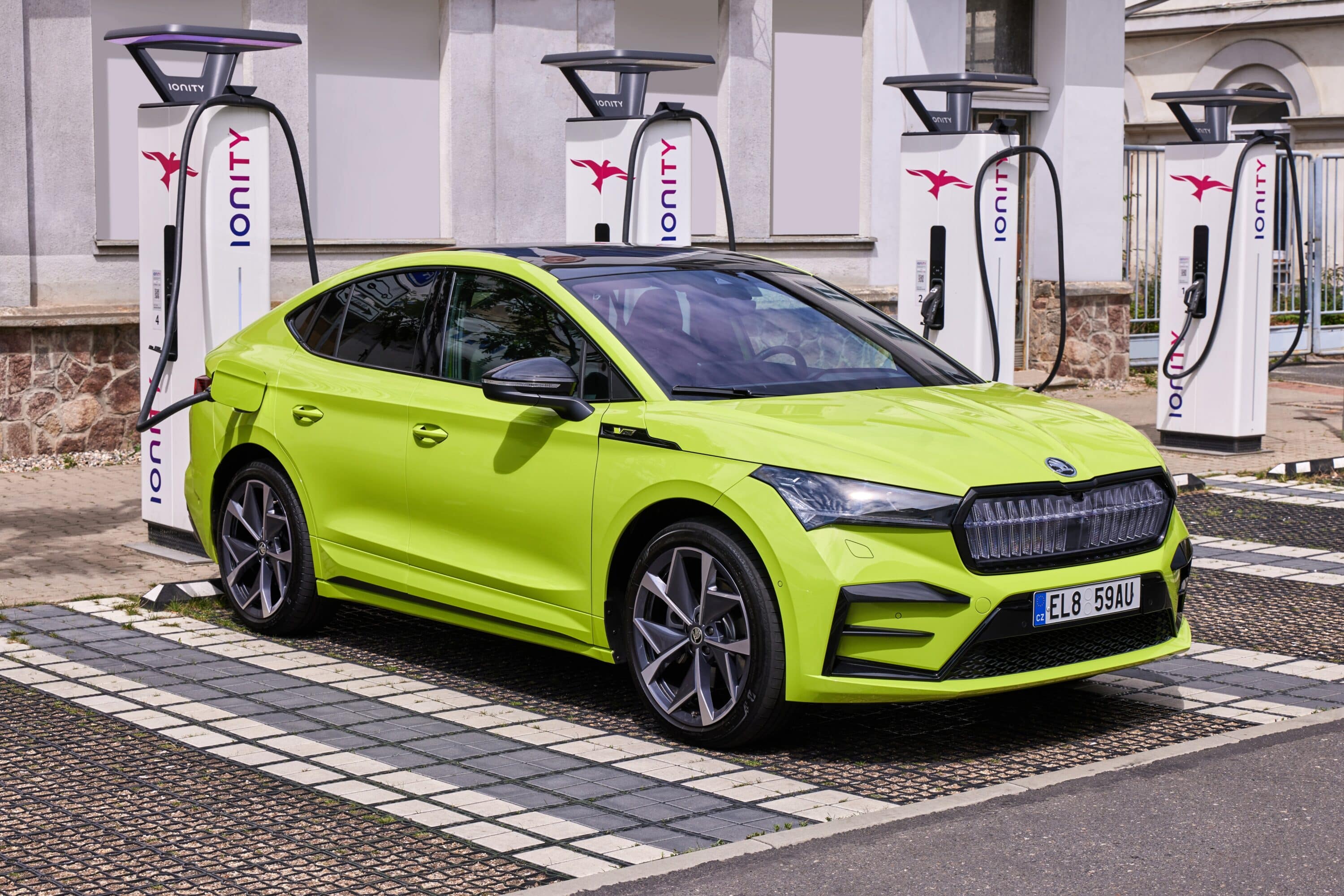Auto Home: Your Perfect Place
Auto Home: Your Perfect Place
The concept of an “auto home” – a home that intelligently manages its own energy consumption, security, and even basic maintenance – is rapidly transitioning from a futuristic fantasy to a tangible reality. For many homeowners, the idea of a truly automated living space is no longer a distant dream but a compelling desire for increased convenience, reduced costs, and enhanced peace of mind. This article will explore the growing trend of auto homes, examining the technologies driving this evolution, the benefits they offer, and what it takes to create your own personalized automated haven. At its core, an auto home represents a significant shift in how we interact with our homes, moving from reactive maintenance to proactive, intelligent management. It’s about creating a space that anticipates your needs and seamlessly adapts to your lifestyle. Let’s delve into what makes an auto home a compelling investment and how it can transform your home into a truly smart and efficient living environment.

Understanding the Rise of Auto Homes
The initial spark for the auto home movement began with the increasing cost of energy and the growing awareness of environmental concerns. Traditional home automation systems often focused on individual devices – lights, thermostats, and security systems – but lacked the holistic approach needed to truly optimize a home’s performance. The emergence of sophisticated sensors, machine learning algorithms, and interconnected smart home platforms has fueled a revolution, allowing homeowners to build systems that respond to a wide range of factors – from weather conditions to occupancy patterns – to create a truly responsive environment. This isn’t just about smart thermostats; it’s about a fundamental rethinking of how homes operate and interact with their surroundings. The demand for this level of control and automation is steadily increasing, driven by technological advancements and a growing desire for a more comfortable and sustainable lifestyle. Furthermore, the rise of remote work and the increasing prevalence of smart devices have amplified the appeal of an auto home, making it a practical solution for a wider range of individuals.
Key Technologies Powering Auto Homes

Several key technologies are driving the development and adoption of auto homes. Smart thermostats are perhaps the most visible example, learning your preferred temperature settings and automatically adjusting to optimize energy efficiency. Smart lighting systems utilize sensors to dim or turn off lights based on occupancy and ambient light levels, minimizing wasted energy. Security systems are increasingly incorporating AI-powered threat detection and automated response protocols, providing enhanced protection while reducing the need for constant monitoring. Smart appliances – refrigerators, washing machines, and ovens – are becoming increasingly connected, allowing for remote control and optimized operation. Home automation platforms like Google Home, Amazon Alexa, and Apple HomeKit provide a central hub for managing all these devices and creating complex automation routines. IoT (Internet of Things) sensors – including motion sensors, door/window sensors, and water leak detectors – are crucial for providing real-time data and triggering automated responses. Finally, blockchain technology is beginning to appear in some auto home systems, offering enhanced security and data privacy. The integration of these technologies is what truly distinguishes an auto home from a simple smart home.
The Benefits of an Auto Home

The advantages of investing in an auto home are numerous and extend far beyond simply saving money on energy bills. Increased Energy Efficiency is arguably the most significant benefit. Automated systems can optimize heating and cooling based on occupancy, weather forecasts, and individual preferences, drastically reducing energy consumption. Enhanced Security is another key advantage. Smart security systems can detect intrusions, alert homeowners, and even automatically contact emergency services. Reduced Maintenance Costs are often realized through predictive maintenance. Sensors can monitor equipment performance and alert homeowners to potential problems before they escalate, minimizing costly repairs. Convenience and Automation are also major draws. Automated tasks like turning off lights, adjusting the thermostat, and locking doors can be performed with a simple voice command or automated routine. Remote Monitoring and Control provides peace of mind, allowing homeowners to monitor their homes from anywhere in the world. Aging-in-Place Capabilities are increasingly being considered, with auto homes designed to support independent living for seniors. Finally, the integration of smart home technology can significantly enhance the overall quality of life by creating a more comfortable, convenient, and secure living environment.
Building Your Own Auto Home: A Step-by-Step Guide
Creating an auto home isn’t as daunting as it might seem. Here’s a simplified guide to get you started:
- Assess Your Needs: Start by identifying your specific needs and priorities. What are your biggest concerns regarding energy consumption, security, or convenience?
- Start Small: Begin with a few key devices – a smart thermostat, a smart lighting system, and a security camera – and gradually expand your system as your budget and needs allow.
- Choose a Platform: Select a smart home platform that suits your technical expertise and budget. Google Home, Amazon Alexa, and Apple HomeKit are popular choices.
- Select Compatible Devices: Ensure that the devices you choose are compatible with your chosen platform.
- Plan Your Automation Routines: Think about the tasks you want to automate – turning on lights at sunset, adjusting the thermostat based on occupancy, or receiving alerts for security breaches.
- Security is Paramount: Prioritize security when selecting devices and implementing security protocols. Use strong passwords, enable two-factor authentication, and regularly update firmware.
The Future of Auto Homes – Trends and Innovations

The auto home market is evolving rapidly, with several exciting trends shaping its future. Voice control is becoming increasingly prevalent, allowing for hands-free operation. Artificial intelligence (AI) is being integrated to personalize automation routines and anticipate user needs. The rise of the "smart home mesh" – devices that seamlessly communicate with each other – is creating a more interconnected and responsive environment. Sustainability is driving demand for energy-efficient systems and smart appliances. Biometric authentication – using fingerprints or facial recognition – is enhancing security and convenience. Matter standard is a significant development, aiming to standardize smart home protocols and improve interoperability between devices from different manufacturers. Expect to see even more innovative features and functionalities emerge in the coming years, blurring the lines between traditional home automation and truly intelligent living.
Conclusion
The auto home represents a significant shift in how we think about home automation. It’s no longer a luxury but a necessity for many homeowners seeking to improve their comfort, security, and sustainability. While the initial investment can be substantial, the long-term benefits – reduced energy costs, enhanced security, and increased convenience – are well worth the effort. As technology continues to advance and the cost of smart home devices continues to decline, the auto home is poised to become increasingly accessible and integrated into the fabric of our lives. It’s a journey towards a truly intelligent and responsive home, one that anticipates our needs and seamlessly adapts to our lifestyle. By understanding the core technologies, benefits, and trends driving this revolution, you can confidently embark on your own journey towards creating your own personalized auto home. The future of living is here, and it’s smart.
Additional Resources
